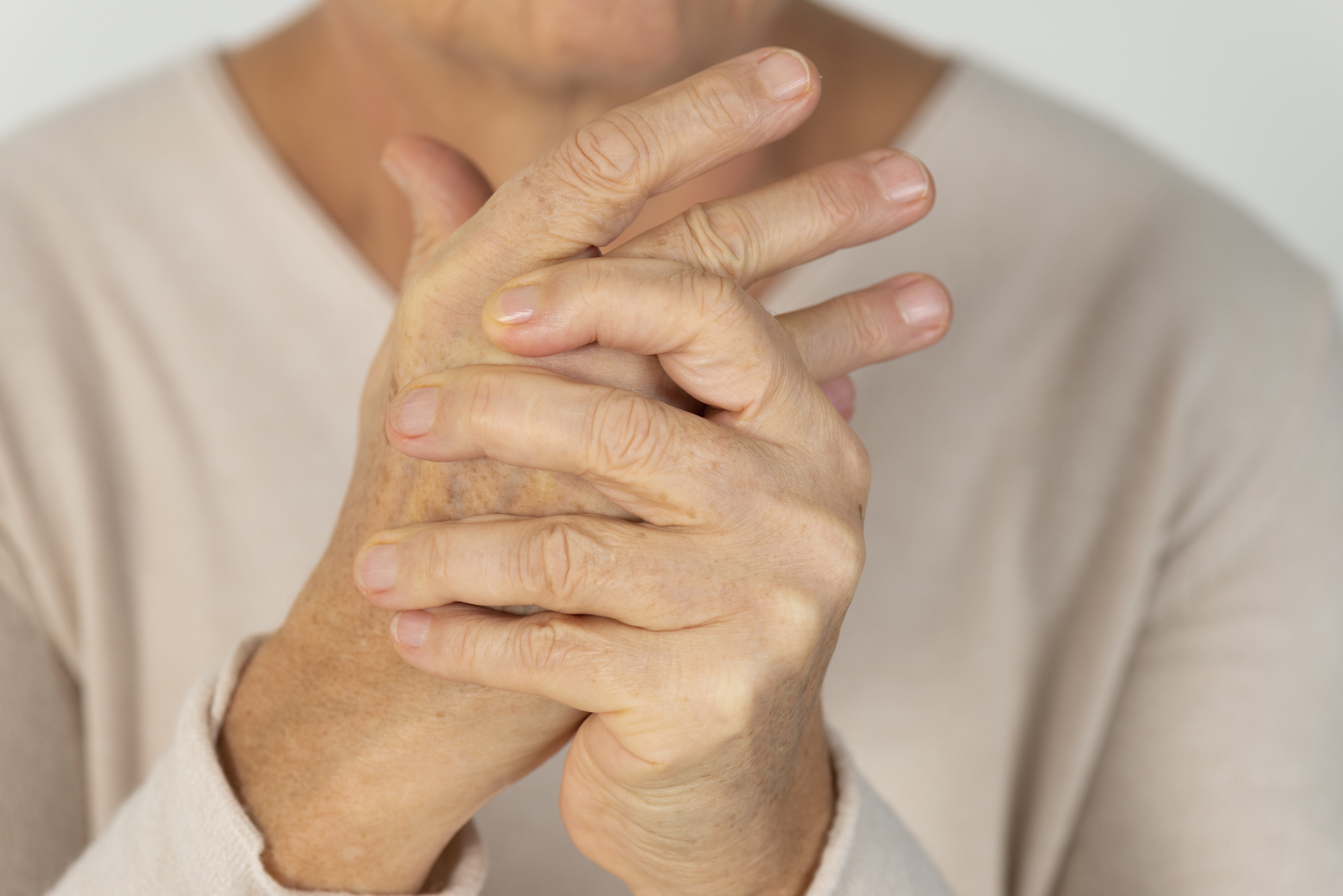
You've likely heard of autoimmune diseases but may not be familiar with what exactly they are. In general terms, autoimmunity is when your immune system mistakes certain parts of your body as foreign, attacking healthy cells as a result.
As there are various diseases that fall under this umbrella, Summit Health dermatologist Dr. Mital Patel-Cohen and rheumatologist Dr. Phillip Zhang offer helpful insights on autoimmune conditions that specifically target the skin.
The basics of autoimmune skin diseases
"If you have an autoimmune skin condition, you'll see an inappropriate amount of inflammation on the skin," Dr. Patel-Cohen explains. Depending on the disease type, there may be additional symptoms as well, from swollen joints to tightening of the skin.
Psoriasis
"Psoriasis is a common inflammatory skin disease that is most often found on the scalp, outer elbows, knees, gluteal cleft and, occasionally, the palms, soles of feet, and under the nails," explains Dr. Zhang.
Symptoms include:
- Red, scaly, and flaky skin lesions
- Itchy skin
- Swollen joints
Dr. Patel-Cohen points out that psoriasis doesn't just affect physical health, but it also “affects people psychosocially.”
“People with psoriasis are often embarrassed by the skin lesions, which can be quite noticeable," she says. With advances in treatment, however, we are able to significantly improve the skin and joint disease and improve quality of life. Many patients can have clear or almost clear skin with appropriate treatment that can include:
- Topical creams
- Phototherapy
- Oral medications
- Injectable medications
Lupus of the Skin
Also known as cutaneous lupus erythematosus, lupus of the skin is uncommon and presents in different ways depending on the subtype: acute, subacute, or chronic. "Symptoms are wide-ranging," notes Dr. Zhang. They can include:
- Redness across the cheeks and nasal bridge (often referred to as a butterfly rash)
- Generalized redness across sun-exposed skin
- Scaly red plaques on the face, neck, ears, and scalp
There is one characteristic all types of lupus of the skin have in common, explains Dr. Patel-Cohen: "Those with it are very photosensitive," she says. "UV light triggers the disease." For that reason, those with lupus of the skin should avoid peak sun hours. If they are in the sun, they should apply SPF 50 every 90 minutes to two hours. Other treatments include:
- Topical or systemic steroids
- Antimalarial agents such as hydroxychloroquine
Scleroderma
"Scleroderma is a general term that refers to several diseases," Dr. Patel-Cohen notes. "But when people refer to this, they are normally referring to systemic sclerosis."
"This is a rare condition," Dr. Zhang adds. "There are less than 200 cases per million adults."
Symptoms to look out for include:
- Tightening and thickening of the skin, which normally starts on the hands or face.
- Difficulty in moving fingers
- Trouble opening the jaw
"Other organs may be affected, including the lungs, heart, and kidneys," Dr. Zhang says. "So, routine monitoring of these organs is essential. And treatment depends on the severity of skin disease and whether other organs are affected.” Treatment options are immunosuppressive medications delivered orally or through infusion.
If you have concerns that you may have an autoimmune skin disease, make an appointment with your Summit Health dermatologist for an examination.
